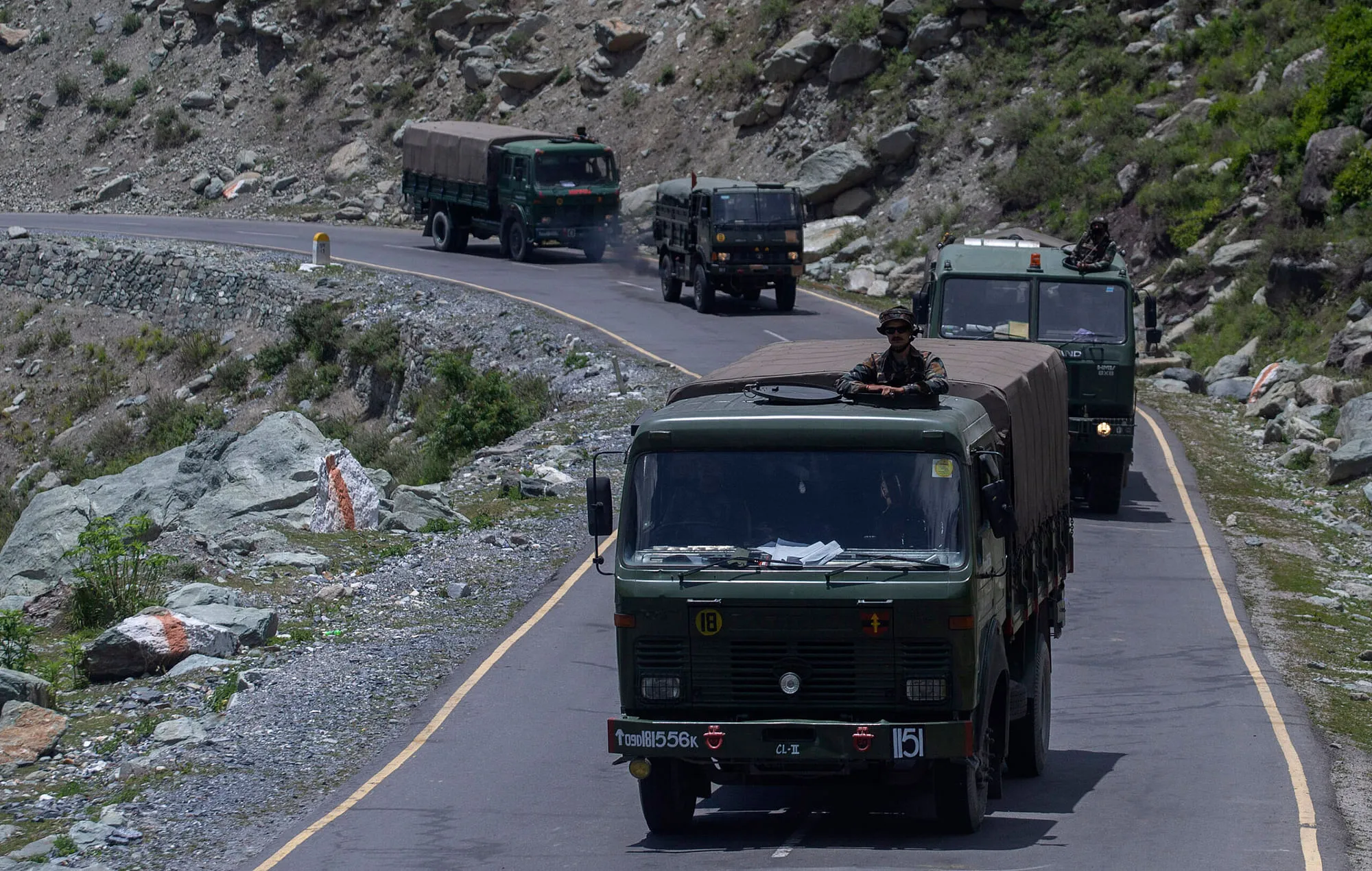A new year comes on the wing of hope bearing the promise of new directions and better times. Never in our lifetime were these positives more needed in individual and collective lives than now. For, the year that just passed has been unlike any other in a century. It was marked by untimely deaths, social distancing, masks, economic dislocation and distress brought about by the COVID-19 pandemic. For many the year led to tiredness and fatigue at leading unnatural lives, essential to combat the virus but unnatural all the same; indeed, social distancing and masks are alien to homo sapiens who are group mammals given to touch and feel and to openness. Technology has cushioned the necessity for contact because it has enabled voice and visual interaction for those who are fortunate to be connected but it can never do away with the craving for physical meetings whether in personal or public life.
As the new year begins a large number of questions come to mind but none more important than if humankind will succeed in putting COVID-19, if not behind it during 2021 then effectively limit it. It is difficult to answer this question with precision for the picture is unclear but the chances are that as the year progresses the virus’ spread will be better controlled despite the more easily transmissible variant which spread rapidly in Britain but has now also reached other countries including India. If COVID-19 is contained a degree of normalcy should return to the peoples’ movements and lives.
As normalcy returns will a ‘new normal’ be seen in individual lives and in commercial, official, professional and diplomatic work? Certainly, homo sapiens both adapt to changing environments as they also change the environment itself. That has been the reason for the success of the species. The pandemic compelled adaptation and there has been considerable speculation about the adaptations that will wither away and those that will set the ‘new normal’ in different areas.
As a former diplomat I have great interest in the processes of diplomacy as I have in world order and the interaction of states. The pandemic interrupted the way diplomacy was conducted but new systems were put in place to ensure that countries and their leaders continued to remain in at least some contact. Thus, soon after international flights were suspended and lockdowns put in place in many countries making physical meetings between diplomats or leaders not possible virtual bilateral and multilateral discussions even at summit levels began to take place. These kept diplomatic wheels moving. This situation was seen in the commercial world and in many areas of governance including in the judiciary.
Will this become the new normal? A pointer is available through the physical interactions that took place during the pandemic. Indian and Chinese military officers met physically to discuss the LAC impasse brought about by the China’s actions along the LAC in Ladakh. These meetings could have been held in the virtual mode as indeed some between Indian diplomats and their Chinese counterparts took place but the fact that the two sides decided to go in for physical meetings showed that wherever sensitive and important interactions were required with the aid of maps and documents virtual interaction was not preferred. The same sentiment dictated external affairs minister S Jaishankar travelling to Moscow for multilateral meetings where he met his Chinese counterpart.
The new normal in diplomacy would therefore witness a substantial increase in virtual contact between countries and hence less travel but whenever sensitive and significant matters would need resolution then visits and physical meetings would be the preferred mode. Certainly, for leaders who rely on building ‘personal chemistry’ with their international counterparts virtual contact will hold little attraction.
The year 2020 witnessed a concerted and aggressive push by China to achieve recognition as the being in the same bracket as the United States and thus forming a G 2 with it. The main global question this year and beyond will revolve around this: will the world order consist of one pre-eminent power the US and other major powers differing in power and influence but with none with the reach and capacities of the US or will it be a G 2 situation of two states—the US and China—becoming more or less equal and other major powers comprehensively lower down. And, much of the middle and smaller countries aligned in some fashion with one of the G 2.
Indeed, this is the basic issue which will confront the incoming US president Joe Biden. That he like the current president Donald Trump and other US leaders is greatly concerned with China’s rise is clear from his comments during the campaign. What is unclear is if he would take steps to delay it if not thwart it is significant ways so that it cannot reach US’ status? One way to judge the direction Biden will go on this basic issue for world order is the view he will take on China’s acquisition of high technology. Trump has been very negative on China wanting to gain global predominance in 5G communications technology. He has campaigned against it. Will Biden do the same?
A final thought: As India proceeds to re-examine the basic premises of its China policy because of Chinese actions last year it will have to take into account US-China ties evolution during the Biden presidency.
Before leaving, Happy new year to the Greater Kashmir family.






